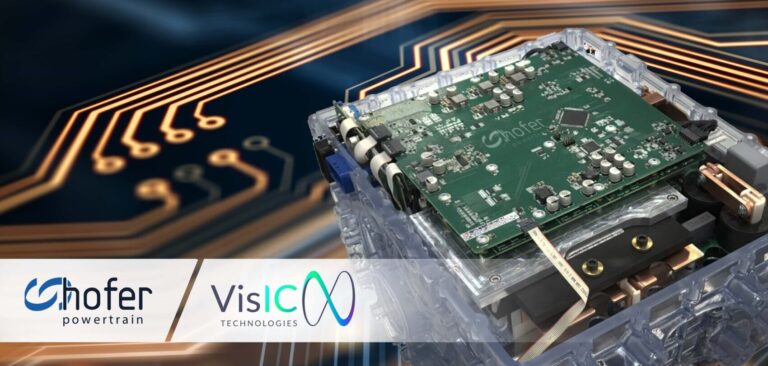German automotive company Hofer Powertrain and VisIC Technologies, an Israeli developer of gallium nitride (GaN) solutions for high-voltage automotive applications, are to collaborate on a GaN-based inverter for 800V automotive applications.
“Our partnership with Hofer Powertrain for the development of gallium nitride-based power inverters in electric vehicles is the breakthrough of gallium nitride technology for 800V battery systems in the automotive industry,” said Tamara Baksht, CEO of VisIC.
“VisIC’s D3GaN technology was developed for the high-reliability standards of the automotive industry and offers the lowest losses per RDS (on). It also simplifies the system solution and enables highly efficient and affordable powertrain platforms solutions. The ability to support cars with 800V battery, along the 400V battery, is the significant step forward in GaN worldwide adoption by automotive electrical driveline.”
Hofer has been working for over five years on the development of three-level (3-L) inverters for automotive powertrain applications, harnessing the benefits that the 3-L topology brings compared with current two-level inverters using IGBTs or SiC chips. The properties of the 3-L topology of an inverter lead to improved overall system energy consumption at the relevant reference driving cycles, such as WLTP, due to reduced harmonic losses in the motor. Moreover, the noise, vibration, harshness (NVH) behavior of the complete electric drive unit (EDU) can be improved due to the better total harmonic distortion of the output current affecting noise reduction.
Finally, Hofer states that costs are reduced regarding electromagnetic compatibility measures to meet increasingly strict requirements (like Comité International Spécial des Perturbations Radioélectriques 25 class 5), due to the better common-mode behavior of the 3-L inverter.
GaN semiconductors offer significantly better switching speed and smaller and lighter package size (compared to SiC), thereby reducing total system cost. Current GaN chips are used for 400V DC-link voltage and Hofer’s 3-Level topology coupled with VisIC’s GaN benefits will, it is claimed, take it to the next level of improvement with 800V powertrains.


